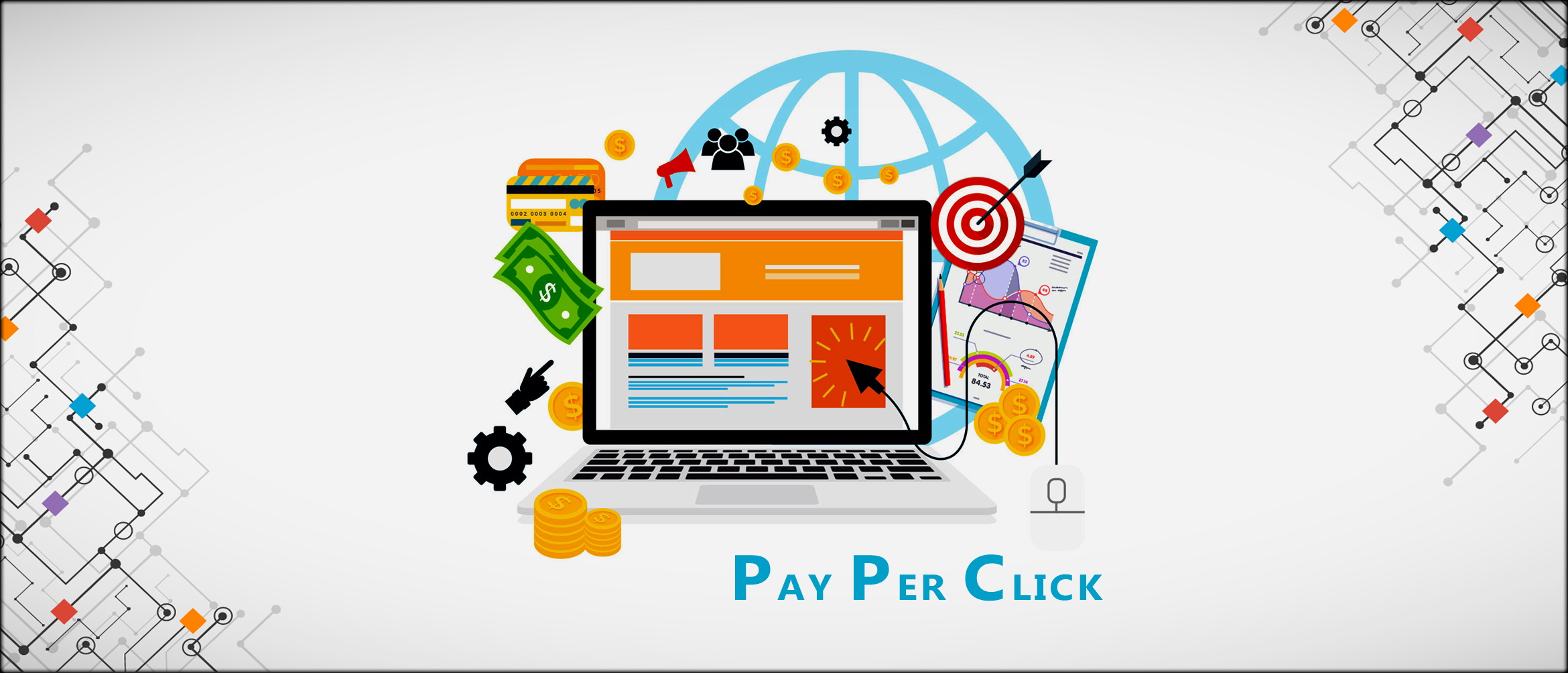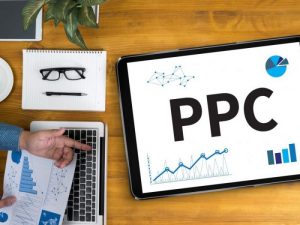What Is Pay Per Click Advertising ?
Pay per click advertising is a marketing model in which an ad network or publisher accrues revenue with every click made by internet users on ads posted by advertisers.
PPC ads are usually shown on search engine results page on top, beneath, or beside natural search results. They can also be seen on ad network’s partner sites or content sites.
Much of what happens before ads are displayed is done in fast, automated, and private auctions among advertisers using ad networks’ bid handling systems. Bids are placed by advertisers on keywords which are qualified further by preset filters.
Whenever a query matches an advertiser’s keyword and predefined criteria, the bidding starts and ad ranks are generated. The ranking is used to determine the order in which the ads will appear on the web page. Searches may be qualified by geographical location, time, day, and audience category.

Cost per click (CPC) is calculated using factors like ad ranking and quality score.
Quality score and initial CPC bid are used to determine advertisers’ ranking. High quality ads and landing page combined with good ad performance improve quality score and reduce click costs.
Pay per click can be a very expensive way to advertise for competitive products and brands where there are many bidders for so few broad keywords or in cases where volume of clicks directly translates to conversions.

Ad networks commonly offer cost-controlled online marketing that allows advertisers to set a ceiling on daily Pay Per Click spend. This can be a good venue for some advertisers to test their ads, their target audience’s response, and to get a grasp of how PPC advertising can work for them.
It can also be availed of by advertisers with much less need for sending huge online traffic to their sites or in situations where PPCs are used as a fractional advertising activity complementing a highly funded traditional ads drive.
From its documented modest beginnings in the mid-1990s, pay per click has gone on to become a dominant and effective online advertising medium for many profit and non-profit organizations.
Paid search advertising fills the need of advertisers in several ways and it can be used effectively for many purposes.
Some Uses Are:
• Generating sales lead
• Increasing revenues
• Promoting brand or company
• Raising awareness for a drive or issue
Paid search marketing revolves around keywords. Astute advertisers constantly refine and expand their keywords list. Keyword research is a must before, and during, the run of PPC ads to ensure relevance throughout the promotion period. The right keywords facilitate high targeting which is the main point of doing PPC advertising.
The success of pay per click all boils down to how the entire campaign is set up, run, reviewed, tested and revised to elicit favorable market response. The services of digital marketing agencies are usually solicited to manage PPC campaigns.

Advertisers need to track click through rates, conversion rates, impression share, quality score, ad optimization and other analytics to see how their ad strategies are performing. Getting a high conversion rate is the goal of online marketing approaches.
It is computed by dividing the number of times that a conversion goal was achieved by the number of clicks. Goals are usually sales-focused but can also refer to other valuable actions like completion of sales inquiry form, phone calls, or registration. Driving valuable clicks to websites entails a lot of creative and technical work on the ad copy.
Ad copies are front liners that lure viewers to click on ads. Using attention-grabbing titles, highlighting important benefits, creating contents that match consumer language, and giving assuring words or phrases raise an ad’s potential to generate beneficial clicks.
